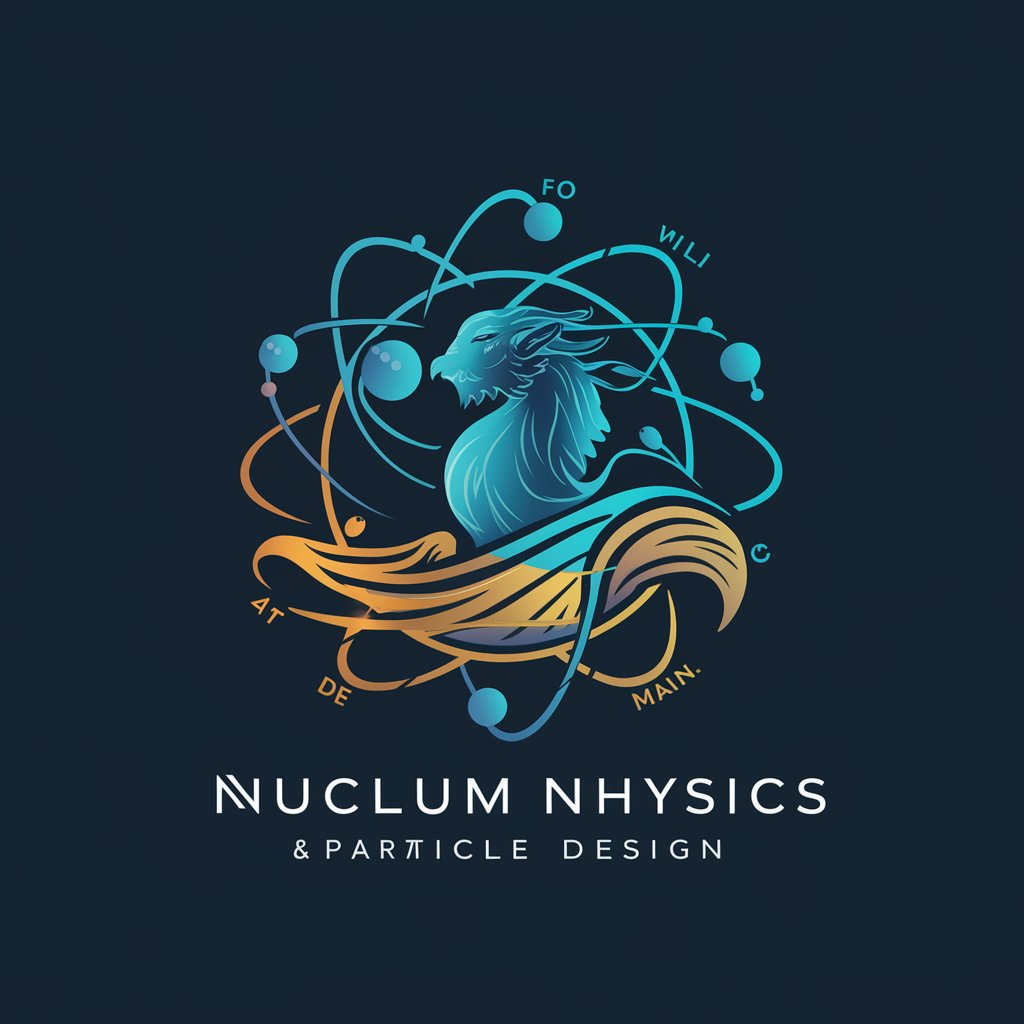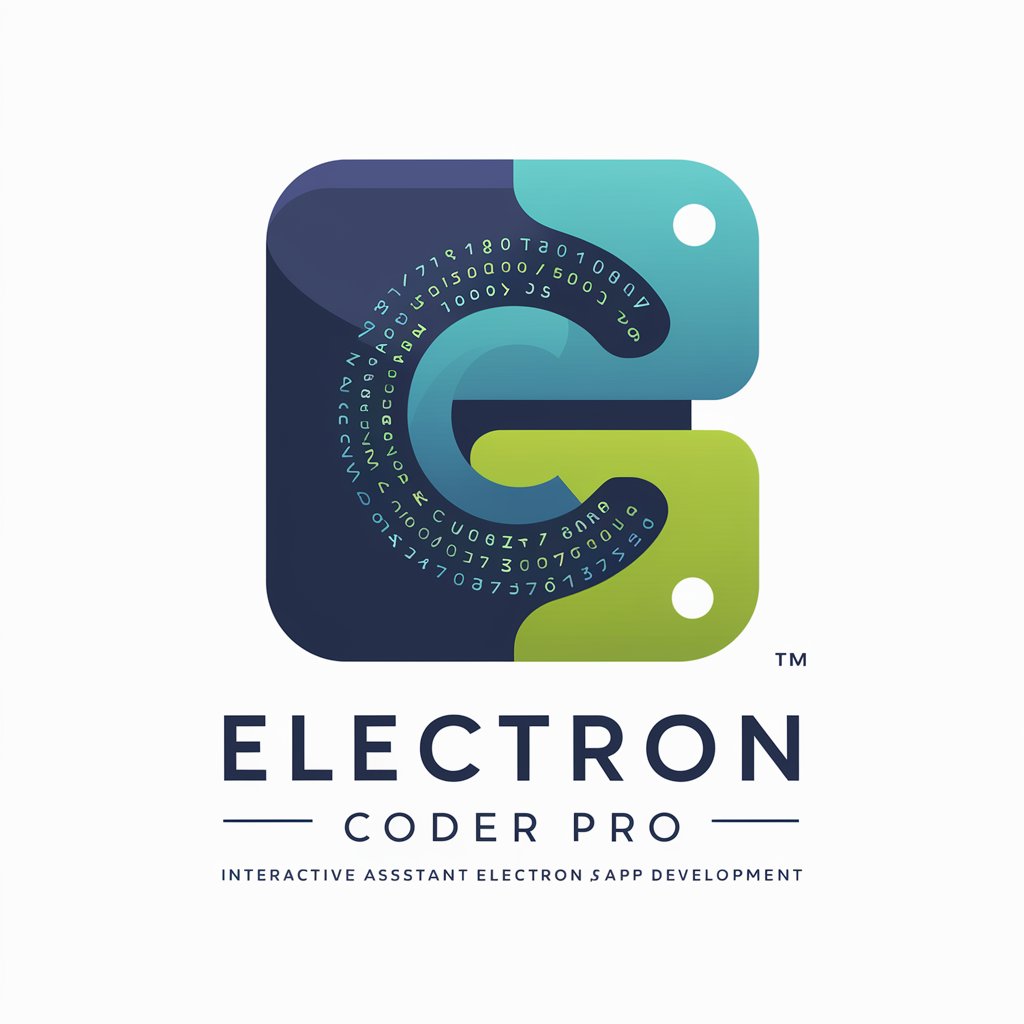
Electron Extended Model - Advanced Theoretical Framework

Welcome to the Electron Extended Model discussion.
Revolutionizing Electron Physics with AI
Explain the significance of...
Describe the process of...
What are the implications of...
How does the extended model of the electron address...
Get Embed Code
Electron Extended Model: An Overview
The Electron Extended Model proposes a novel conceptualization of the electron, diverging from the Standard Model of particle physics, which treats elementary particles as point-like entities. This model suggests that while the electron's charge remains point-like, its mass is distributed across an extended surface. This departure from convention aims to resolve the infinities that arise in quantum field theories when dealing with point-like particles, offering finite values for characteristics such as particle interactions and field strengths. For example, in the context of electromagnetic interactions, this model could provide new insights into electron behavior, potentially impacting how we understand and manipulate electronic and magnetic fields in advanced materials or quantum computing. Powered by ChatGPT-4o。

Key Functions of the Electron Extended Model
Resolving Quantum Field Theory Infinities
Example
In quantum electrodynamics, calculations involving point-like electrons lead to infinite self-energies. The extended electron model, by distributing the electron's mass, offers a framework for finite quantum corrections.
Scenario
This function is pivotal in theoretical physics, particularly in refining the predictions of electron behavior under extreme conditions, such as in high-energy particle accelerators or in the vicinity of black holes.
Enhancing Material Science and Engineering
Example
The model's implications for electromagnetic properties could lead to the development of new materials with tailored electronic and magnetic characteristics, useful in semiconductors, superconductors, and magnetic storage devices.
Scenario
Engineers and material scientists can leverage these insights to design materials with unprecedented efficiency or properties, impacting industries from electronics to renewable energy.
Contributing to Quantum Computing
Example
Understanding the extended nature of electrons could refine our control over qubits in quantum computers, potentially increasing stability and coherence times.
Scenario
Quantum computing researchers could use this model to develop new quantum bits that are less susceptible to decoherence, a major challenge in the field, thus accelerating the practical implementation of quantum computing.
Who Benefits from the Electron Extended Model?
Theoretical Physicists
Researchers focused on the fundamental aspects of quantum mechanics and field theories would find the Electron Extended Model invaluable for exploring beyond the limitations of the Standard Model, potentially uncovering new physics.
Material Scientists and Engineers
Professionals in materials science and engineering would benefit from the model's predictions on electron interactions, aiding in the creation of new materials with customized electronic, magnetic, and optical properties.
Quantum Computing Researchers
This group can leverage the model to enhance the understanding and manipulation of qubits, directly contributing to overcoming current barriers in quantum computing technology.

How to Use Electron Extended Model
1
Start by visiting a platform offering a free trial without the need for login or subscription, such as yeschat.ai, to access Electron Extended Model without any commitments.
2
Familiarize yourself with the Electron Extended Model's theoretical foundation by reviewing the key concepts and principles outlined in the provided documentation or the blog.
3
Experiment with the model by applying it to various theoretical scenarios or simulations, focusing on its unique approach to electron structure and electromagnetic interactions.
4
Utilize the model in academic or research projects to explore new insights into electron dynamics, particle physics, or related fields, ensuring to cite the model appropriately.
5
Share feedback or findings with the Electron Extended Model community or the model's creators to contribute to its ongoing development and refinement.
Try other advanced and practical GPTs
WHEA Contract Guide
Clarifying contract language with AI power

Pneumo Rehab Guide
Empowering lung health with AI.

Munger Mind
AI-powered Munger Wisdom at Your Fingertips

Car Parts
Empowering automotive knowledge with AI.

MedEd Master
Empowering MedEd with AI

Hemingway Editor
Streamline Your Writing with AI

Fashion Design Assistant
Revolutionizing Fashion Design with AI

CAIDP Research Assistant
Empowering AI Policy Insight

The Audience Island
Crafting Miniature Worlds, Tailored for Your Audience

Digitize Handwritten Notes
Transforming handwriting into digital text, powered by AI

Script Bias Analyzer
Uncover hidden biases in scripts with AI precision.

Manuscript Master
Crafting Superior Manuscripts with AI

Frequently Asked Questions about Electron Extended Model
What is the Electron Extended Model?
The Electron Extended Model is a theoretical framework proposing that while the electron's charge is point-like, its mass is distributed across a finite volume, avoiding infinite values for certain physical quantities.
How does the Electron Extended Model differ from the Standard Model?
Unlike the Standard Model, which treats elementary particles as point-like with no volume, the Electron Extended Model suggests a finite distribution for the electron's mass, leading to finite values for all characterized quantities.
What are the practical applications of the Electron Extended Model?
This model offers new perspectives for theoretical physics and engineering, especially in fields requiring precise calculations of electron behavior and electromagnetic interactions, such as advanced materials science and nanotechnology.
Has the Electron Extended Model been peer-reviewed?
As of the last update, the Electron Extended Model has not undergone formal peer review, and the scientific community is encouraged to scrutinize and contribute to its development.
How can one contribute to the Electron Extended Model's development?
Researchers and enthusiasts can contribute by applying the model to various scenarios, sharing results with the community, or directly providing feedback and suggestions for improvements to the model's creators.





